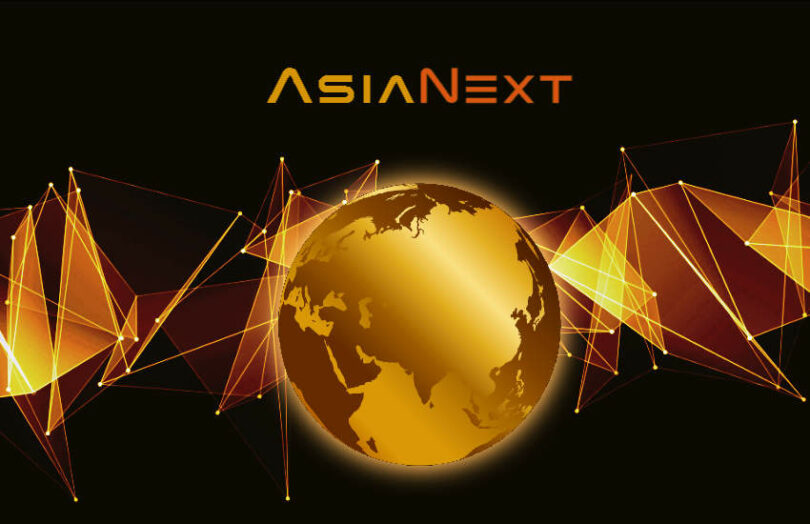Yesterday AsiaNext – the joint venture between Japan’s SBI and Switzerland’s SIX – received its license as a Recognised Market Operator (RMO) from the Monetary Authority of Singapore. This could present a breakthrough for tokenized securities, enabling global liquidity.
When the London Stock Exchange outlined its tokenization plans this week, it said the ultimate goal was a global platform. AsiaNext’s CEO, Chong Kok Kee, outlined a similar vision last year. With this license, the company is now on its way to making it happen with the ability to provide listing, trading and post trade services in Singapore. And with potential linkages worldwide.
The new license allows AsiaNext to operate a secondary market for digital securities and funds. It follows the in-principle approval of a Capital Market Services (CMS) license in June, allowing the company to provide custody services, amongst other functions. It has also applied for a license as a Major Payment Institution.
AsiaNext only targets institutions and intends to be active in both cryptocurrencies and tokenized securities. It already launched a crypto derivatives offering.
To provide some context, we will take a quick detour to one of AsiaNext’s joint venture partners, SIX.
Liquidity for digital securities
Last year, SIX achieved a breakthrough for tokenized securities. When UBS issued its CHF 375 million ($420m) digital bond on the SIX Digital Exchange (SDX), some clever stuff happened behind the scenes. The security was digitally native, so the securities are settled or transferred via the SDX central securities depositary (CSD).
The challenge is many potential investors or their custodians are not blockchain savvy. They can’t handle digital wallets with their private keys. Hence, they are incapable of transferring securities through the SDX CSD. That’s a big problem if you want to issue a large bond as it limits the investor base and liquidity.
So SIX linked the digital SDX CSD to the conventional SIX CSD. This allowed institutions to invest in the UBS bond as if it were a conventional bond, increasing the investor base and liquidity.
The strategy with AsiaNext is to do something similar. But instead of addressing the digital divide, the ultimate aim is to tackle geographic reach – to transform local markets into global ones.
Enabling global liquidity for digital securities
Not only can AsiaNext now run a secondary market for digital securities and funds in Singapore, but it can also link its exchange to international secondary markets in Switzerland, Japan and beyond.
When we chatted last year with AsiaNext CEO Chong Kok Kee, he noted how cryptocurrencies showed the potential for global liquidity. The equivalent of a central securities depository (CSD) for crypto is the blockchain on which it’s issued. There are no geographic boundaries.
Today global liquidity for securities is tricky because most jurisdictions require stocks to be siloed in a local CSD. But cross linkages between CSDs in different jurisdictions are a stepping stone to global liquidity within current regulations. This is similar to how SIX addressed the digital divide.
In Switzerland, the SIX Digital Exchange (SDX) already provides a secondary market for digital securities and a digital CSD. And in Japan, last year SBI launched the Osaka Digital Exchange (ODX), initially offering conventional securities, but with digital securities set to launch soon.
If a company lists a security in Singapore on AsiaNext it could also be made available in Switzerland if the SDX CSD is a member of the Singapore CSD. Likewise, SDX might also want to list Swiss issued securities on AsiaNext where the Singapore CSD links back to the home SDX CSD. And something similar could happen in Japan and beyond.
Hence, this isn’t simply dry news about a company getting a license.
It’s the starting gun for the tokenization of securities with global reach.






